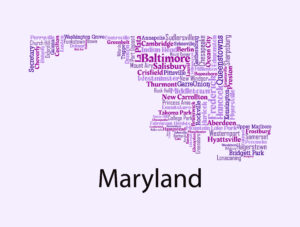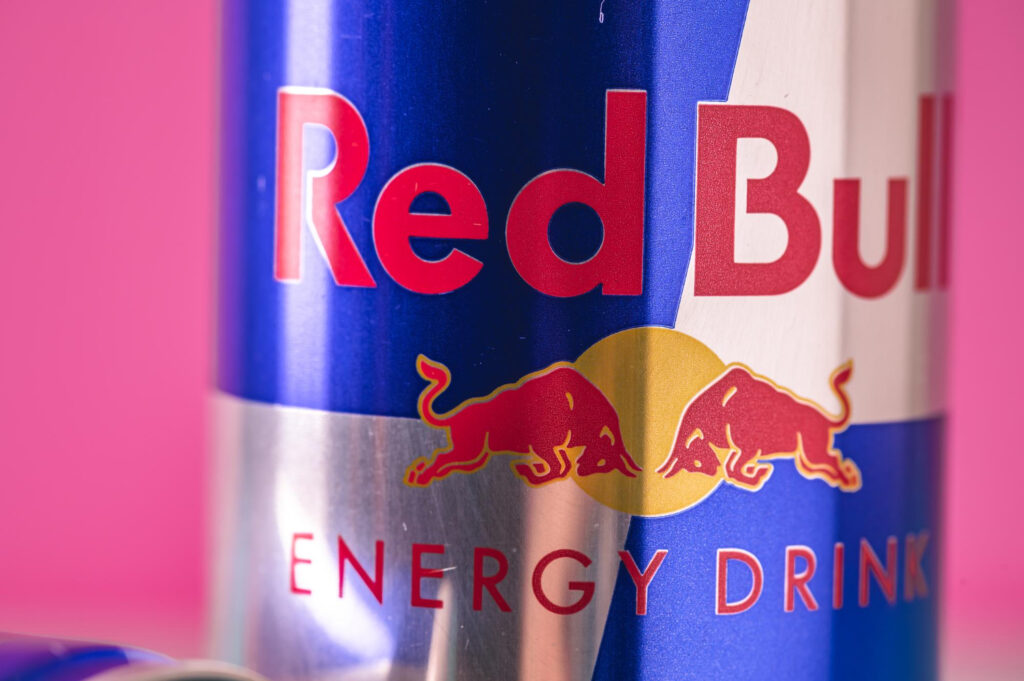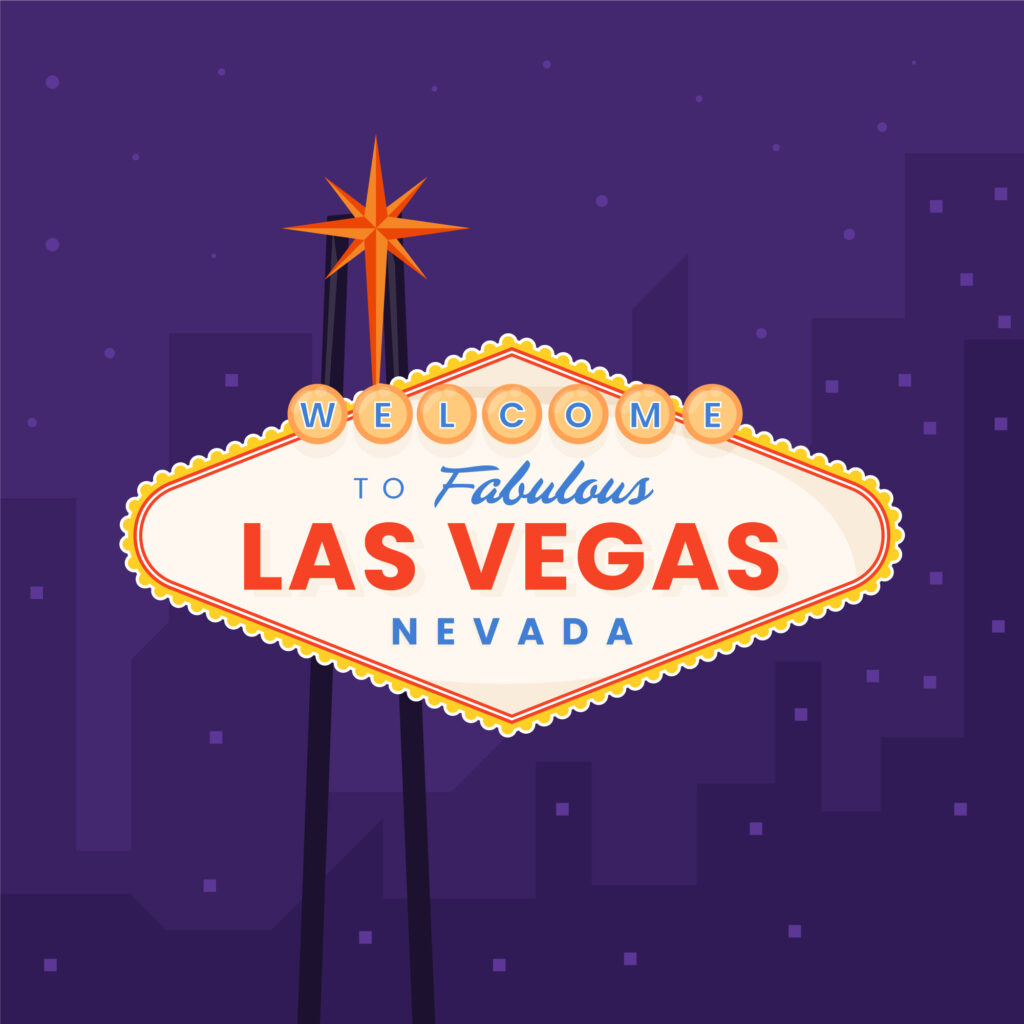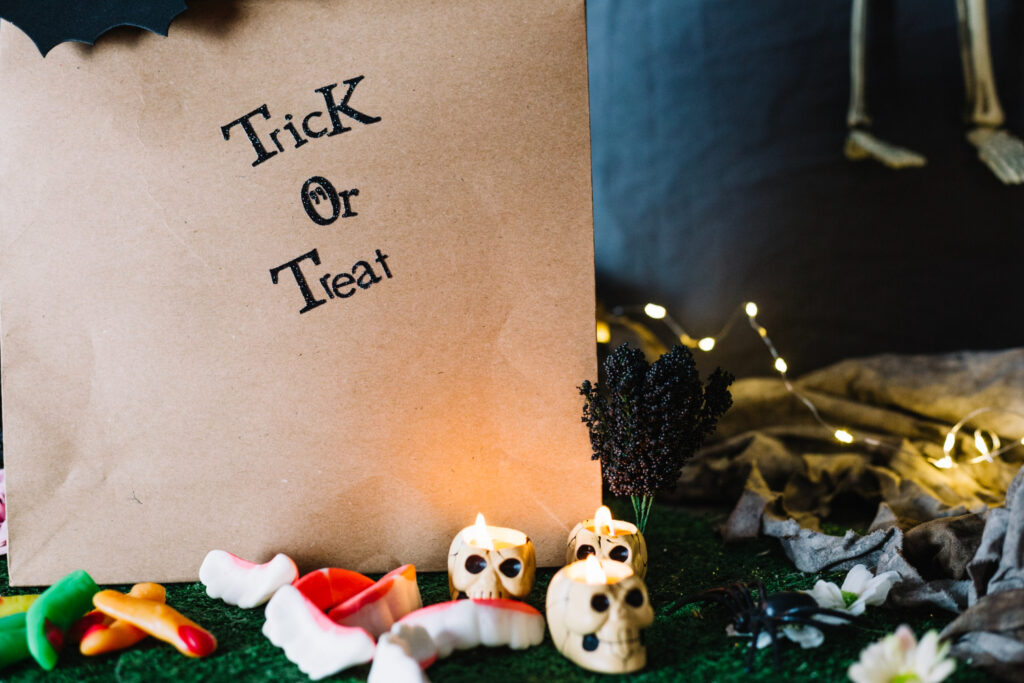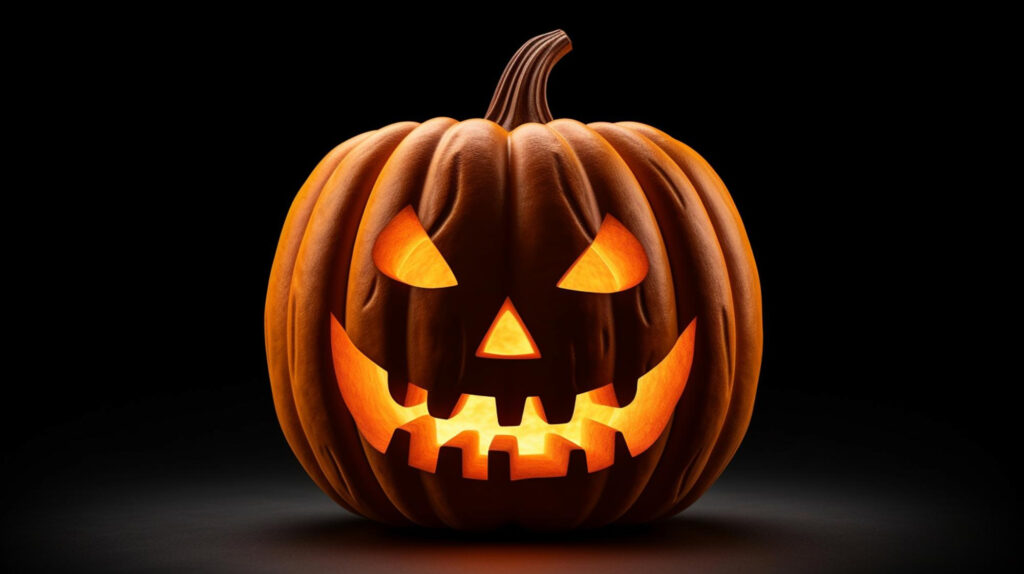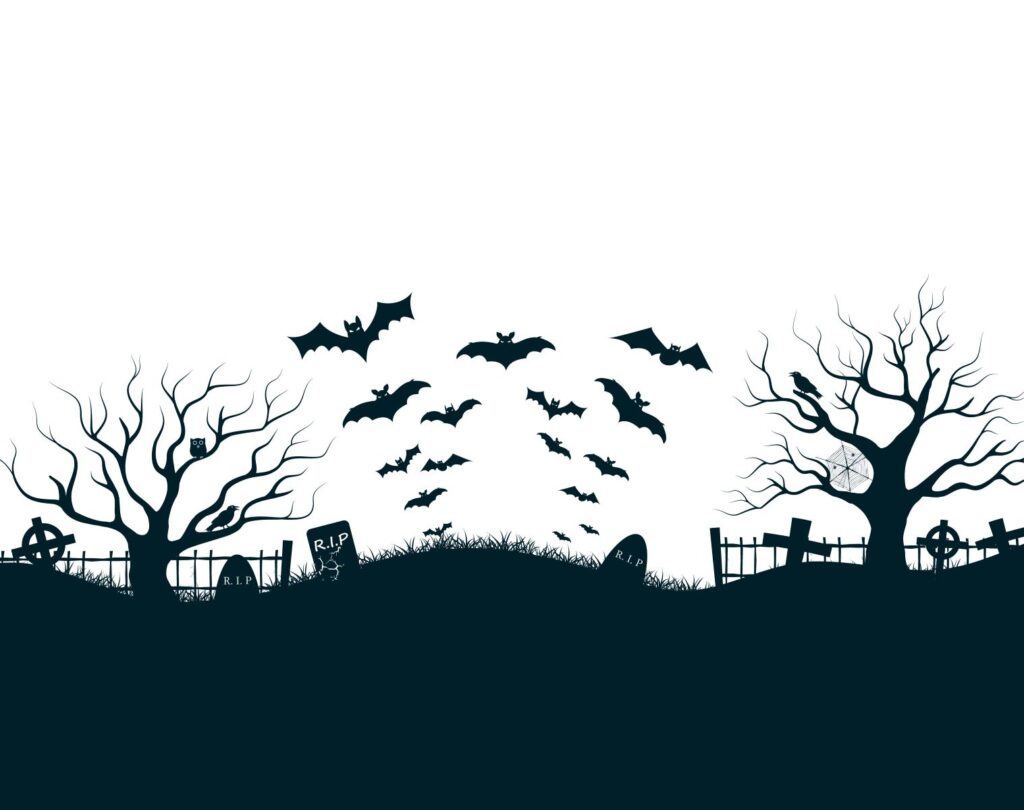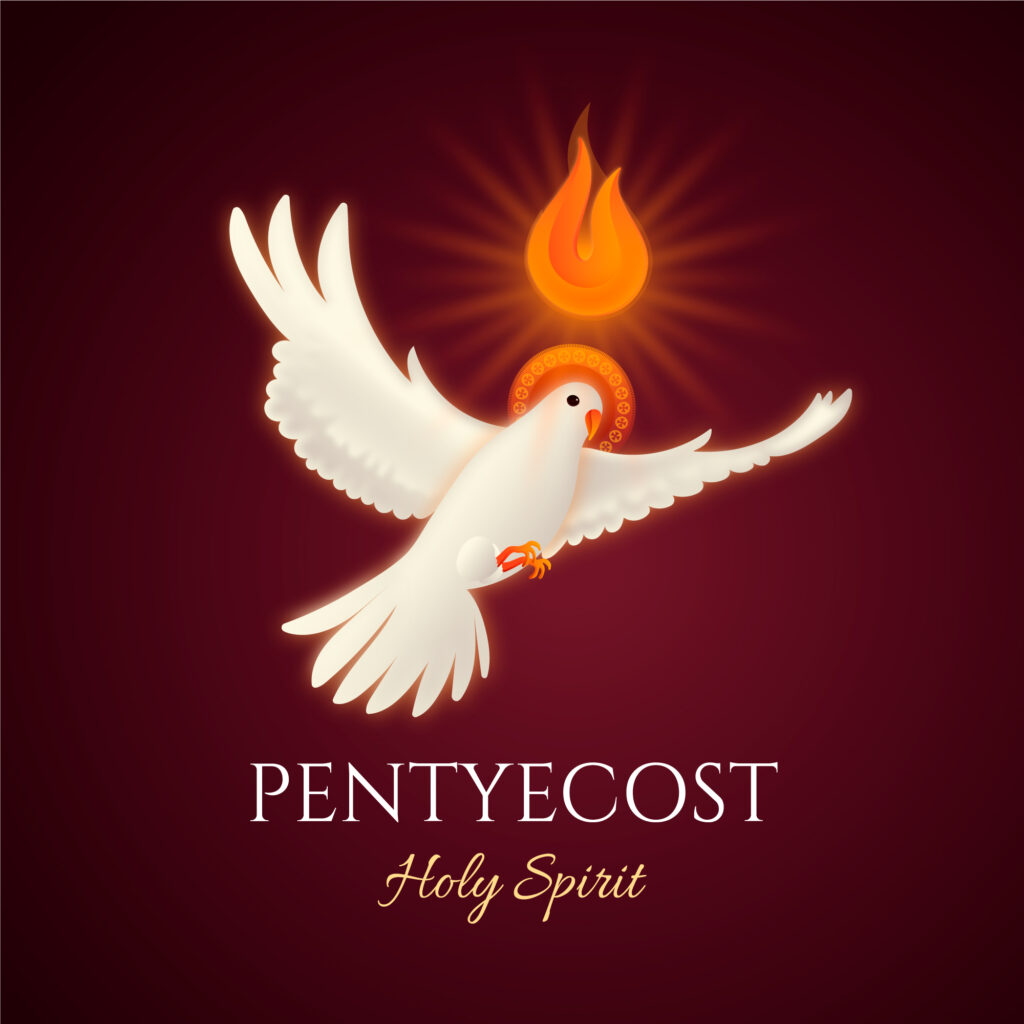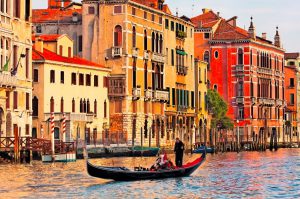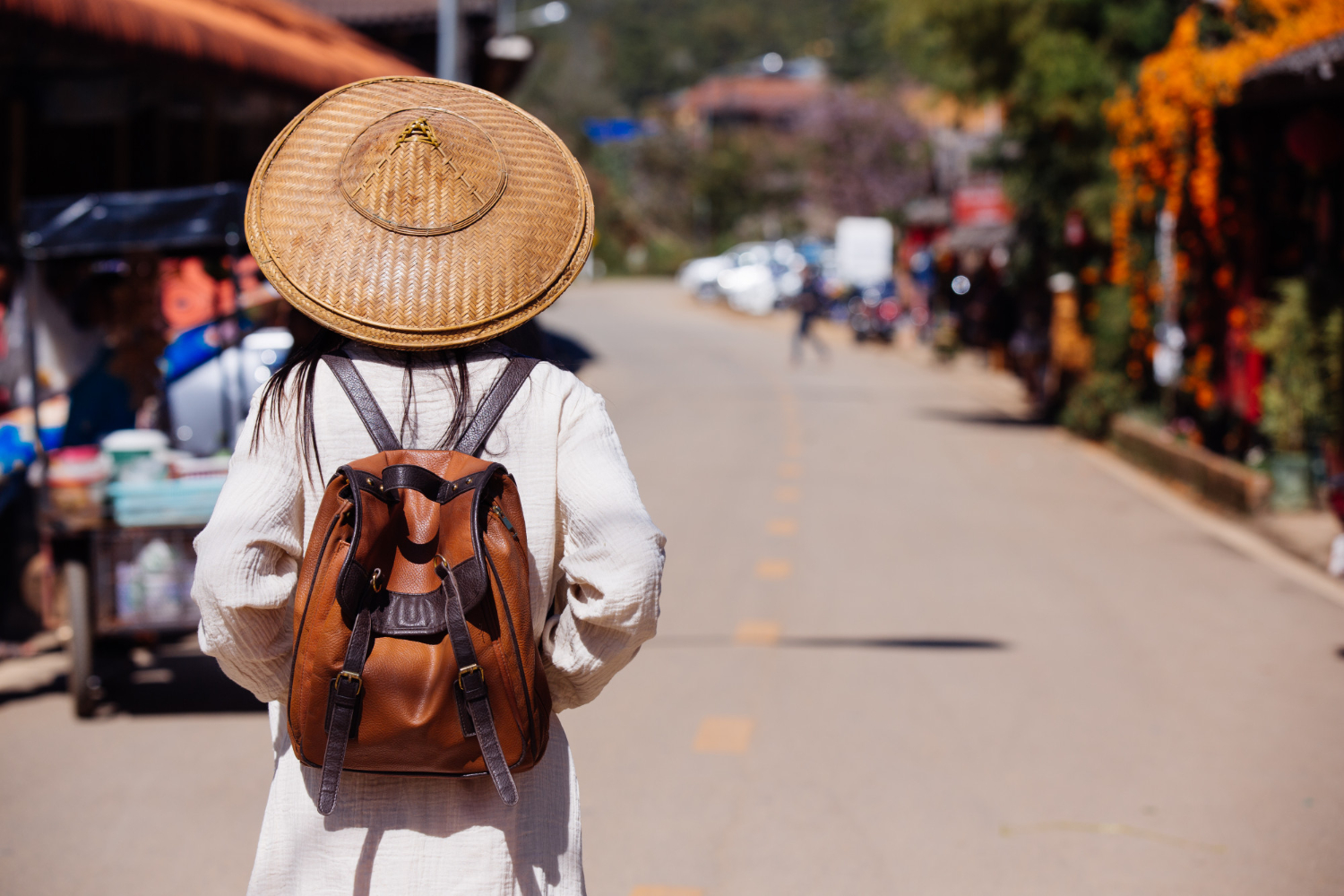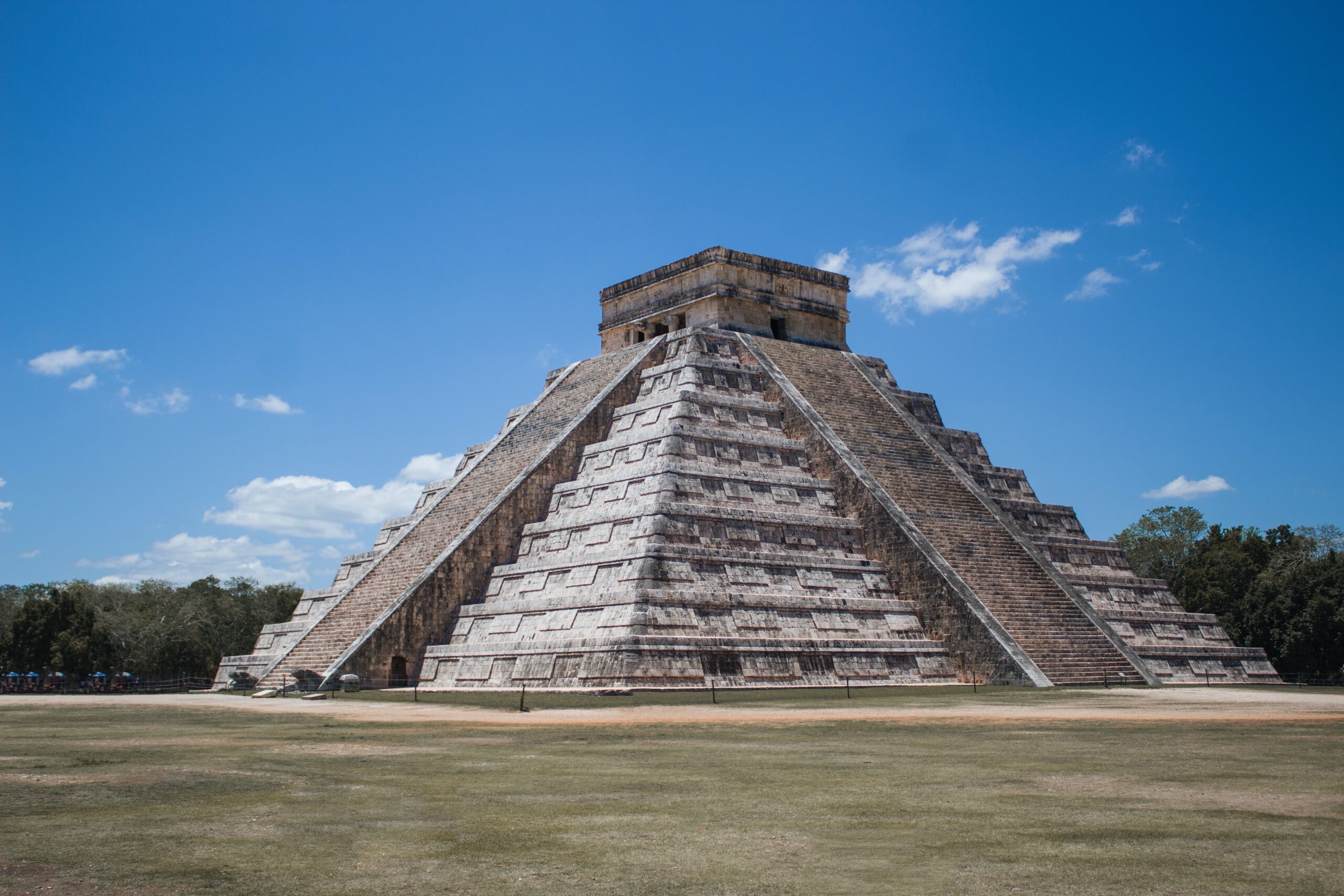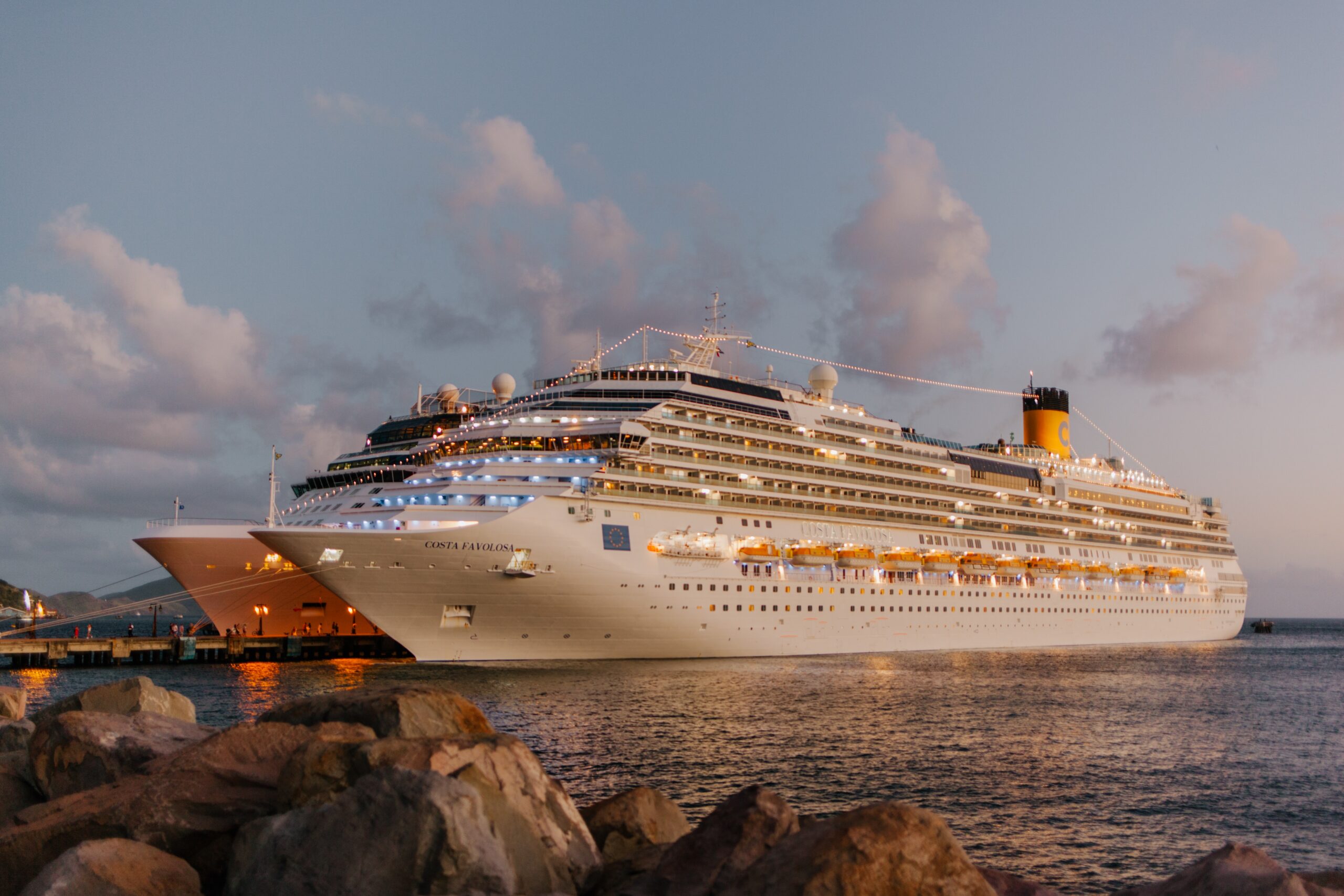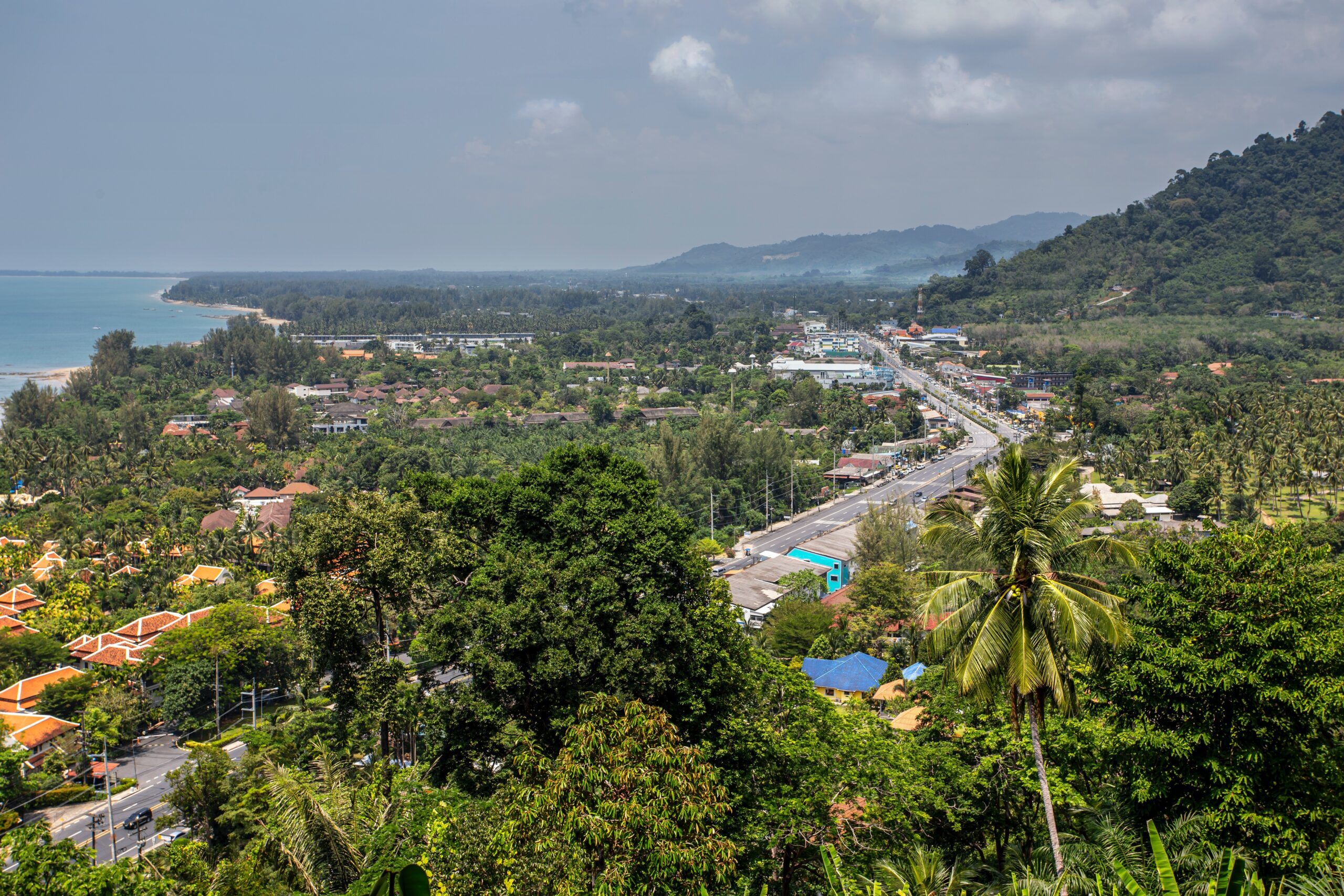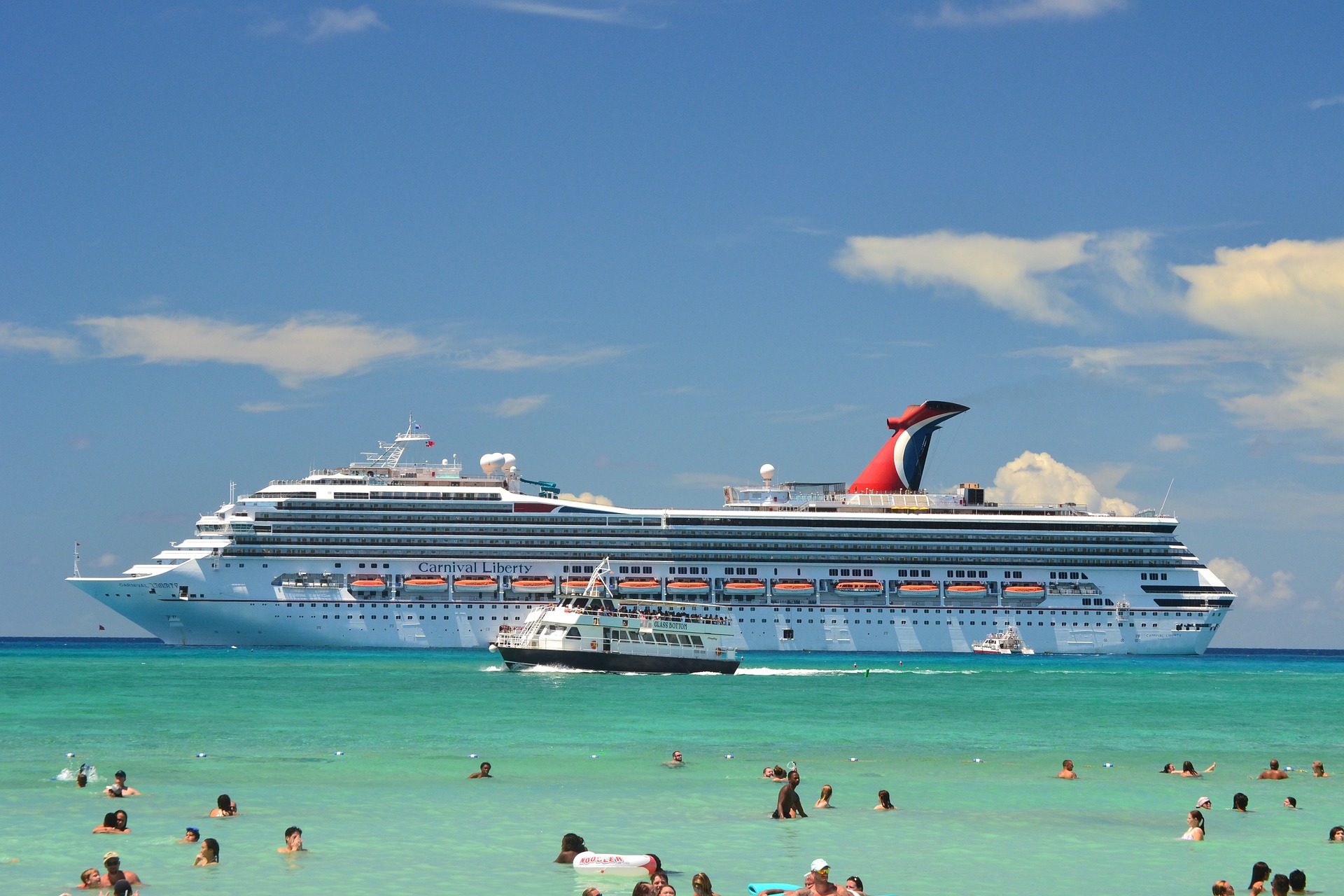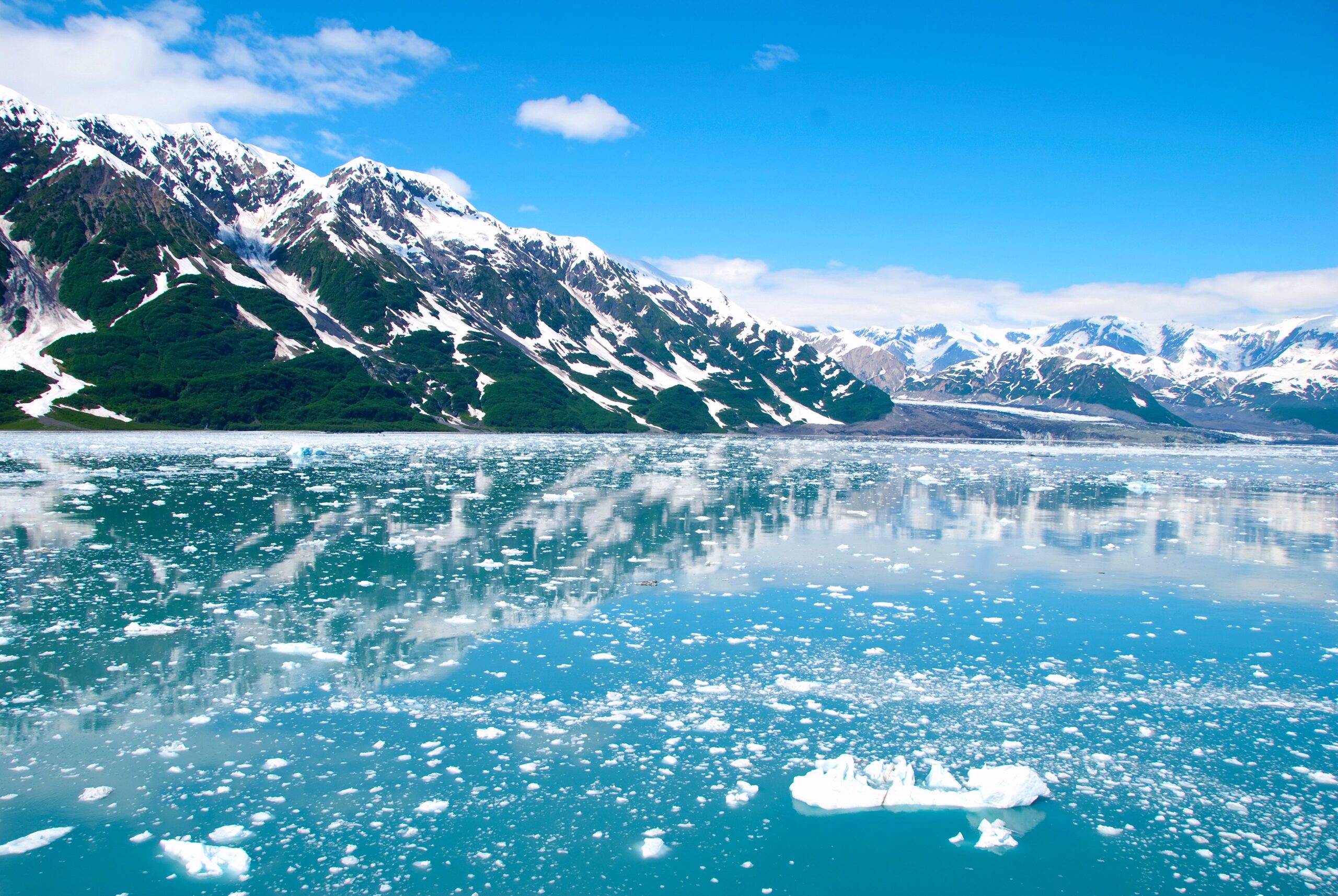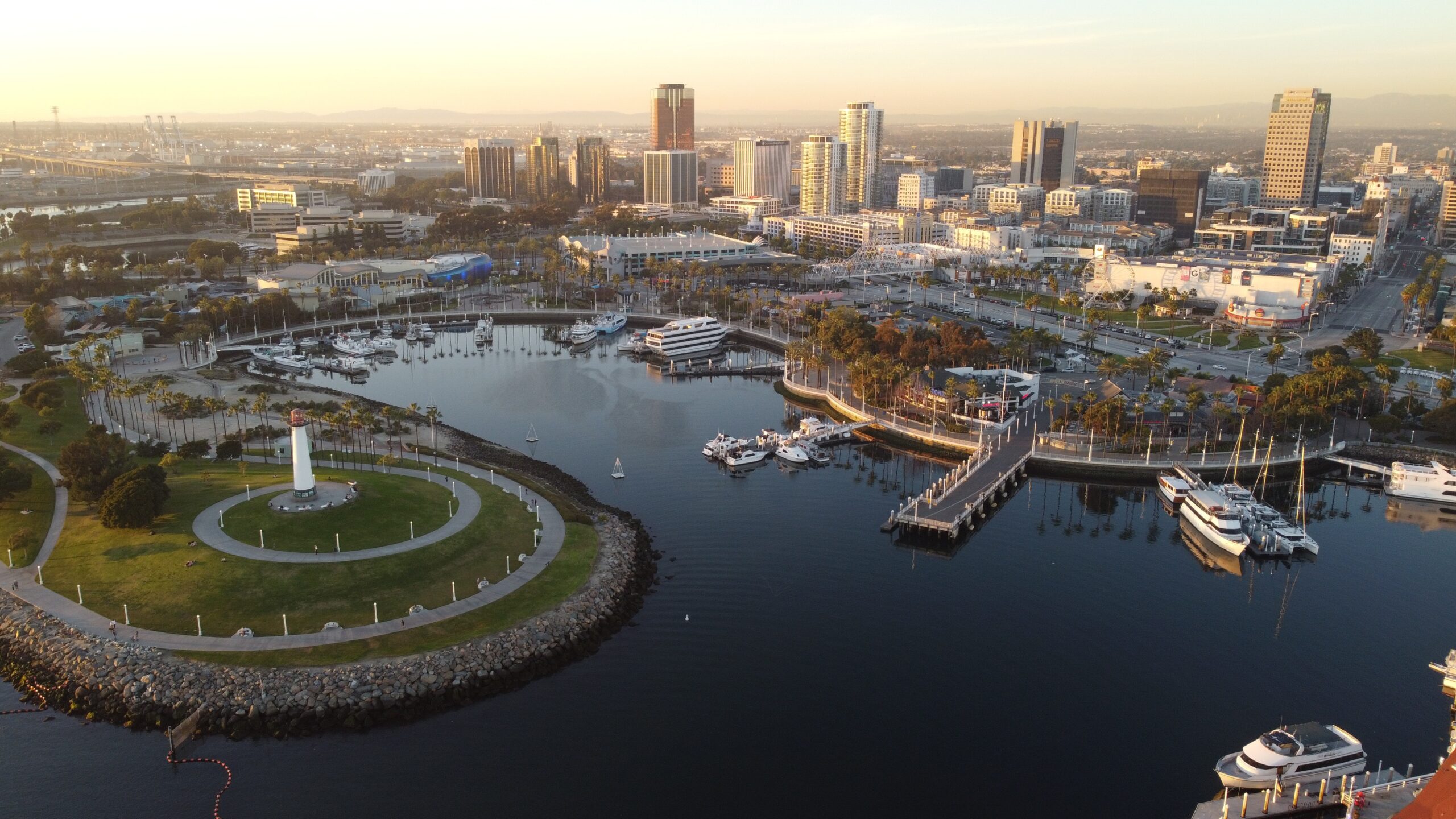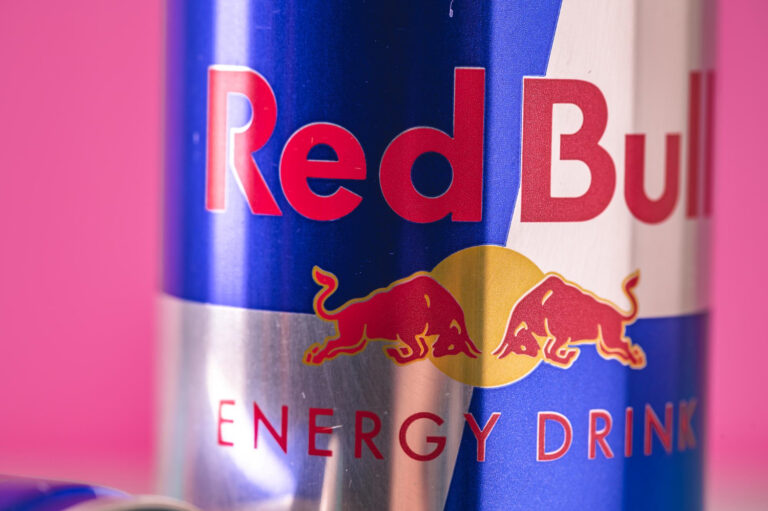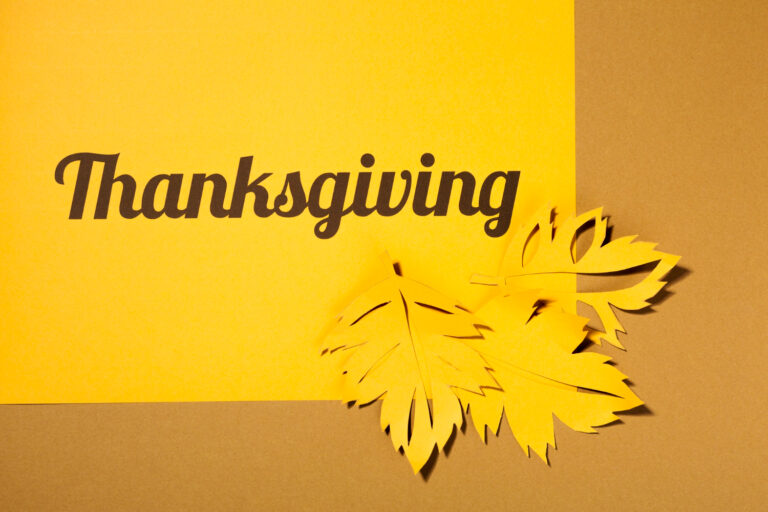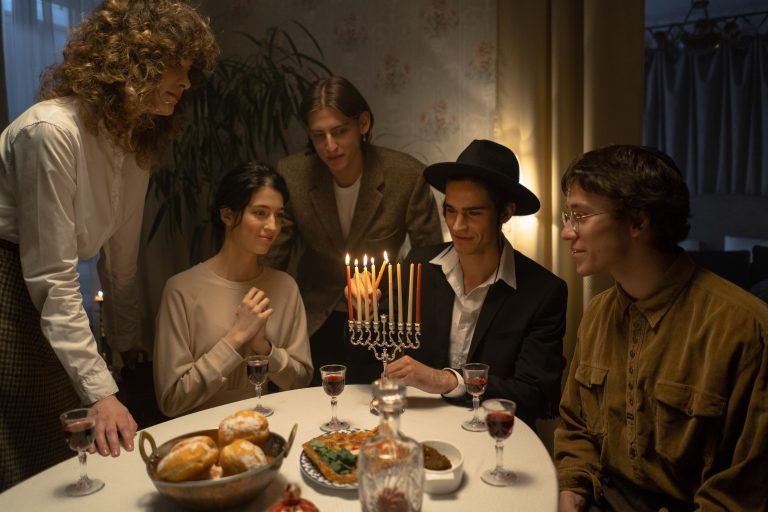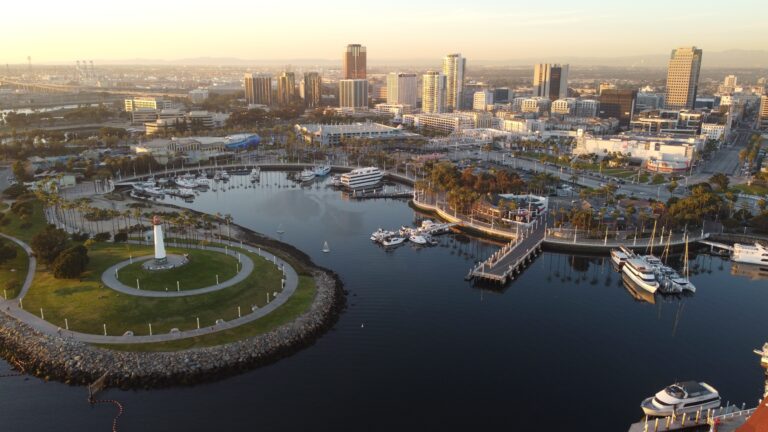Pentecost is the Christian commemoration of the Holy Ghost’s descent upon Jesus’s twelve apostles. Some refer to the holiday as Whitsunday. The date of celebration varies from May to June. The date can also be associated with the giving of the Ten Commandments on Mount Sinai. Certain churches use the term Pentecost to refer to the religious season in between Easter and the day of Pentecost. It is seen by some observers as the official beginning of the Christian Church, as Jesus’s followers had previously considered themselves simply Jewish who followed Jesus.
Biblical Background
The New Testament describes the story of the Holy Ghost’s descent in the Book of Acts. The disciples and a group of over a hundred followers were gathering when a wind filled the room. “Cloven tongues” of fire appeared above the followers’ heads, filling them with the Holy Spirit. This allowed them to speak in many languages, which aided in spreading the gospel throughout the world. It is believed that the followers had gathered to celebrate the Jewish festival of Shavout, which is why the two holidays have a close association. Some cathedrals built in the Middle Ages featured a Holy Ghost hole, which was a circular hole in the roof. This is in honor of the Holy Ghost’s entrance into the room from above on Pentecost.
Commemorations of Pentecost take place seven weeks after Easter and fifty days from Passover. This falls on a different date for most Eastern and Western churches, as many Eastern churches, including the Orthodox Christian Church, celebrate according to the Julian calendar instead of the Gregorian calendar.
Liturgical Services
The religious services held for Pentecost depend on the church, but mostly center on the celebration and worship of the Holy Spirit. Eastern Orthodox Churches consider Pentecost one of the Great Feasts and the most important Great Feast of the Lord. The night before, churches hold all-night vigils. On the day of Pentecost, the feast performs the Divine Liturgy, a special tradition within the Orthodox Church that is very symbolic, featuring hymns, readings, prayers, blessings, and recitations. Similarly to Shavout, churches are decorated with greenery and flowers. The feast takes place for three days followed by a weeklong Afterfeast. The night of Pentecost, churches hold the Kneeling Prayer service, consisting of long liturgical prayers and prostration, meaning observers touch the floor with their foreheads.
Western churches also celebrate Pentecost with many traditions. Red is used in decorations to symbolize the fire of the Holy Spirit. Churches will also hang banners to commemorate the wind that rushed into the Apostles’ room. The Holy Spirit may be symbolized through flames, doves, pomegranates, or other religious icons. Red flowers may symbolize renewal.
European churches may use green branches or birch to decorate churches as well. Hymns are the most characteristic element of Western Pentecost celebration, including “Come Holy Spirit God & Lord.” Most of these hymns will be in the theme of honoring the Holy Spirit. Churches may hire special brass ensembles or trumpet players to accompany their regular choir. Some congregations hold services or religious outreach programs in different languages in remembrance of the Apostles spreading the word in many different tongues.
Celebrations do not only depend on which part of the world but which denomination. Protestants fast for the days between Ascension Day and the Pentecost. Catholics also observe this period as significant with special Novena prayers and are required to confess. These two denominations often hold vigils, prayer sessions, religious retreats, and litanies during this period.
In many faiths, baptisms are often performed on Pentecost, an ancient tradition for the holiday. Protestants and Catholics alike will often receive the Holy Communion. Churches may ordain clergy on this day or perform Confirmations, a ceremony that marks a young Christian’s confirmation of faith following traditional religious education.
Other symbols of the holiday include parting clouds, the Virgin Mary, and light. To mark the holiday’s importance, some churches count the Sundays after Pentecost as the second, third, etc. day Sunday after Pentecost.
The level of celebration also depends on the church—while it may be one of the most important feasts of the liturgical year for some churches, others may not commemorate the holiday at all. In some countries, such as Germany, it is viewed as one of the most important festivals. Other churches in the US may tie in the celebration with Mother’s Day or another secular holiday. Italians may place rose petals on church ceilings to symbolize the fiery tongues. French churches often feature trumpeting throughout most of the service in honor of the wind. Churches in some parts of England may hold Whit Walks, or parades of choirs and wind instruments. Whitsun celebrations may also feature cheese rolling, where participants roll cheese down and hill and then roll after it, and morris dancing, a type of English folk dance.
